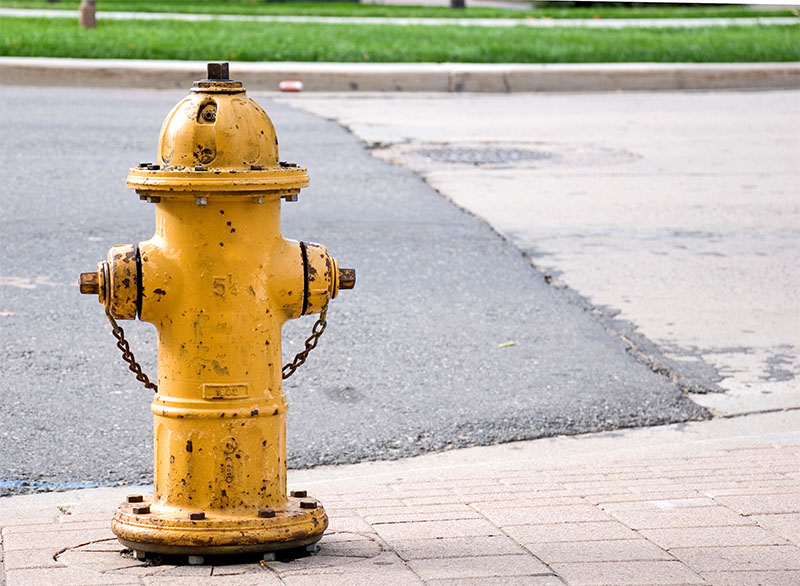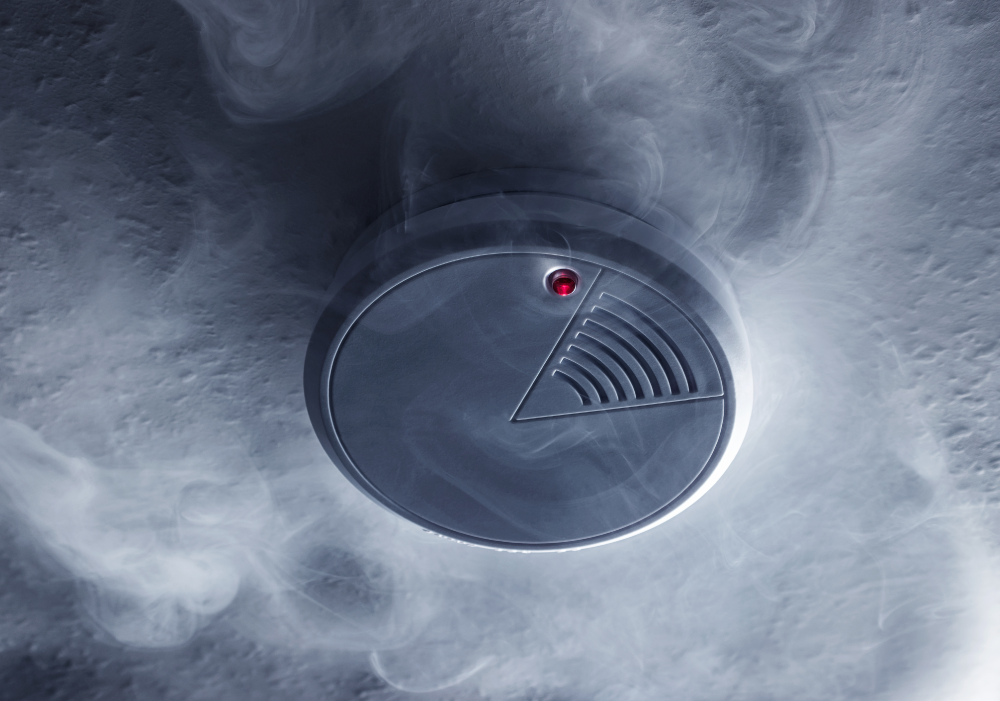Public fire protection is a concept almost as old as civilization itself. After a catastrophic fire in 64 A.D., Emperor Nero ordered Rome to be rebuilt using passive fire protection methods. The Middle Ages saw the first fire safety laws and building codes, and by the 1950s, fire protection emerged as its own profession.
WSRB has been part of fire protection history since 1911. WSRB evaluates all cities, towns, fire protection districts and suburban and rural areas to determine their fire protection capabilities. We then use that data to publish protection class (PC) advisory ratings.
Unlike the Building Code Effectiveness Grading Schedule (BCEGS®), which is based on building code enforcement, a community’s fire suppression and prevention capabilities dictate its PC.
Related:
BCEGS: How it Can Help You Make Better Underwriting Decisions
The WSRB department responsible for evaluating and creating the PC and BCEGS ratings is called Public Protection because its work — you guessed it — protects the public.
A great deal of analysis goes into evaluating a community’s fire protection capabilities. Our experts review such factors as fire department staffing, station locations and training, as well as available water supplies. As long as a building in a community is located within the minimum required distance from a responding credible fire station and fire hydrant, it is eligible for the same PC rating as its community.
Insurers often use PCs to assess the risk at a specific building, generally offering lower fire insurance rates to homes and businesses located in communities with better PC ratings. This information is more pertinent now than ever, with many fire departments experiencing volunteer staffing shortages, fire department mergers and rapid community growth.










